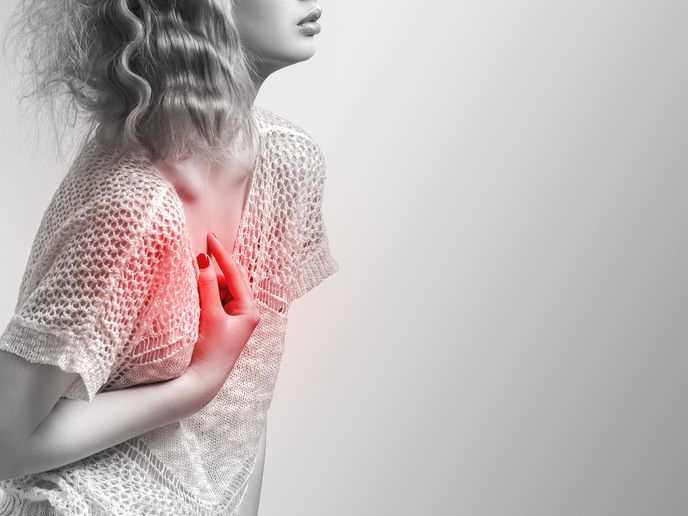Heart-friendly dietary polyphenols
Until recently it was not known how flavonoids in foods inhibited VEGF signalling. The EU-funded VEGFENOL project was initiated to address this gap in knowledge by elucidating the molecular mechanisms involved in VEGF-signalling inhibition caused by consuming polyphenols. Scientists also planned to develop in vitro cellular models to assess the effect of selected dietary polyphenols on VEGF signalling and to assess the effects of human metabolism on their ability to inhibit VEGF. The researchers showed for the first time that the polyphenols bound directly to the VEGF protein and in doing so inhibited VEGF activity. The researchers then determined the chemical, structural and physical nature of the binding of polyphenols to VEGF, using concentrations of polyphenols seen in human blood and tissues. Over 50 polyphenol compounds were tested on human umbilical vein endothelial cells (HUVECs) at different sub-micromolar concentrations by calculating parameters such as IC50. The IC50 is the concentration of polyphenol required to inhibit VEGF activity by 50%. Over 20 compounds were identified that had a potent inhibitory effect on VEGF signalling, including polyphenols present in strawberry, grapes, wine, apple and green tea. An ELISA assay was used to measure VEGF-R2 (receptor-2) phosphorylation in HUVECs. Techniques such as dialysis, binding kinetics assays, gel electrophoresis and western blotting, flow cytometry, mass spectrometry and in silico molecular docking simulations were used to characterise the VEGF-polyphenol complex. This research showed that VEGF is a plausible molecular target for polyphenols. The strength of binding of polyphenols to VEGF was then characterised using atomic force microscopy and surface plasmon resonance techniques. The results showed that polyphenols bind very tightly to VEGF and it is very difficult to recover the VEGF activity). New in vitro models were successfully developed using vascular endothelial cells alone and in combination with Caco-2 cells, which allowed screening to find strong-binding inhibitors and assessment of the effects of human metabolism on inhibitory activity. The methodologies and models developed within this project will shortly be included in a patent filing application. The development of methods to test the efficacy of dietary disease-prevention agents such as polyphenols can underpin the development of foods that target the reduction of CVD risk. The knowledge and methods can also be applied to resolve other chronic ailments such as diabetes where VEGF levels are increased. Eventual marketing of flavonoid-rich foods based on standards set by health agencies will benefit both the public and the health care industry.







